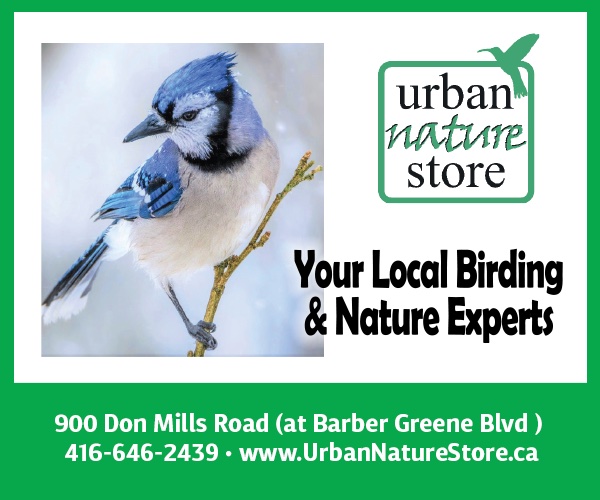
Here in Leaside, these are common occurrences: squirrels and chipmunks scurrying through the trees, birds chirping outside your window at dawn, an unpleasant smell after the neighbour’s dog spooked a skunk, and of course, the ever-present raccoons in your backyard. In this neighbourhood, we experience an abundance of wildlife interactions, and that is not a coincidence. After all, Leaside is situated right next to the Don River Valley, an important highway for wildlife to travel in and out of Toronto. This means that Leaside, like the Don, is a wildlife corridor!
A wildlife corridor is a link between two natural habitats for animals to travel through safely. These corridors are helpful for maintaining our green spaces through the propagation of native plants and by allowing animals to manage their own populations through competition and access to a wider gene pool.
Along the Don River, animals enter the corridor from the north end of the GTA and use the green spaces along the river and its tributaries to travel to the Lower Don, with its wetlands and other desirable habitats. They also spread out into the surrounding neighbourhoods, including Leaside, in search of additional food and shelter.
Since wildlife corridors are so important, we need to be careful how we interact with our non-human neighbours, both for their benefit and ours. The green space we enjoy here in Leaside is a product of the wildlife we live with, and they should be tampered with as little as possible.
Something as innocuous as feeding birds might seem harmless enough, but how people go about it can have unintended consequences. For example, bird feeders are a great way to attract a variety of birds to your backyard, but squirrels, chipmunks, and other rodents also love bird seed and are quite adept at accessing feeders. And they don’t just eat from the feeder. To get to your backyard they likely have to pass through others, and neighbouring gardens are also a source of food. With a consistent source of easy food, they won’t move on but will look for convenient places to live nearby. If there aren’t enough vacant trees, those places will be garages, sheds or attics. No wonder we have so many squirrels and raccoons!
One other unintended consequence: the many small animals now gathered around the bird feeder are easy prey for larger animals, including coyotes, foxes and hawks. Foxes and coyotes will rarely enter a backyard, but neighbouring cats will.
House cats have been a major issue for wildlife in cities for a long time, decimating bird and rodent populations in cities for decades, taking food out of the mouths of other animals.
There are many ways to safely interact with the nature around us, while respecting the natural environment, among them:
• Let your cat out during the day, when it’s less likely to hunt or encounter other predators. Add a bell to its collar to let birds know they’re being hunted.
• If a squirrel or other small animal is in your shed, try using safe (and legal) methods of removal like bright light, sounds or strong smells repeatedly until they leave.
• Instead of a feeder, plant native shrubs and trees that act both as food and shelter, increasing the number of places to live, in addition to the available food.
• If you still want to feed birds or squirrels directly, do so sparingly and at random times. Don’t let them become dependent on you, because they don’t need to be. After all, Leaside is a wildlife corridor.
Nick Delaney is a Leaside resident and a 3rd year student in the Ecosystem Management program at Fleming College.

